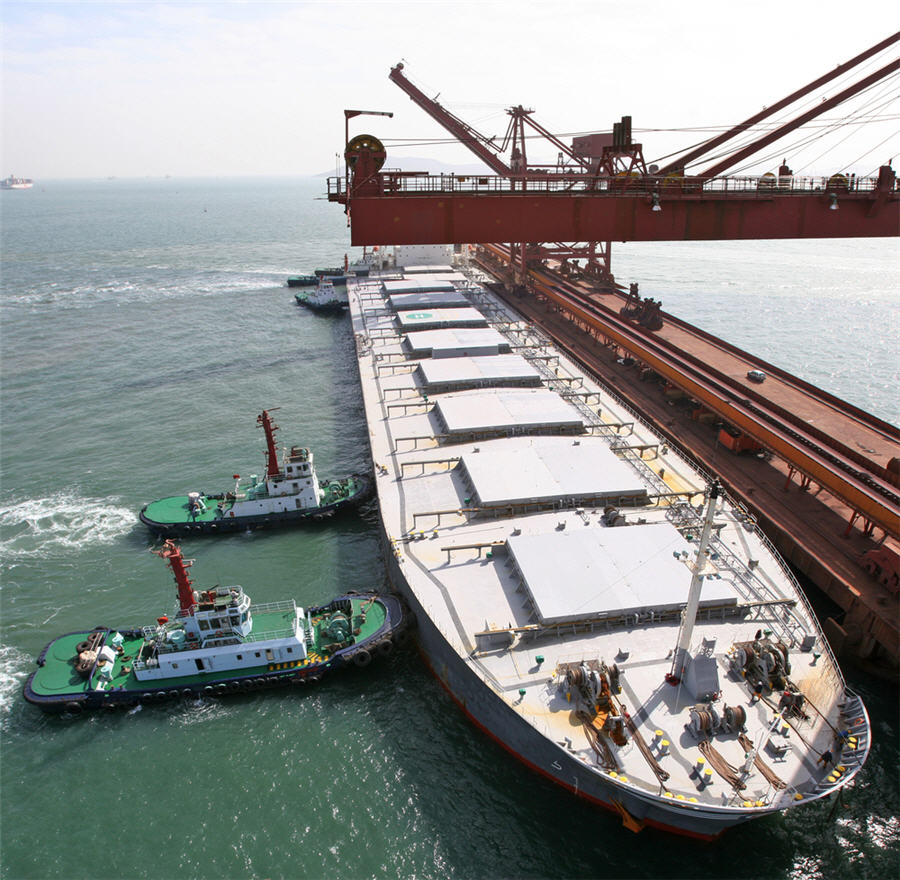China imported a record amount of iron ore in 2017

Hunger for high-quality iron ore from Australia and Brazil pushed Chinese imports of the steelmaking ingredient to a record high in 2017.
While shipments were down 11% in December, the full-year totals rose 5% to 1.075 billion tonnes, exceeding a billion tonnes for the second year, according to Reuters trade data.
“Big miners have expanded their production and shipments while China’s crackdown on illegal furnaces that use scrap for production in the first half spurred demand for seaborne iron ore”: CRU analyst Wang Di
“Big miners have expanded their production and shipments while China’s crackdown on illegal furnaces that use scrap for production in the first half spurred demand for seaborne iron ore. Appetite for imported iron ore from Chinese steel mills remains strong,” Hellenic Shipping News quoted an analyst with CRU in Beijing, Saturday.
The need for foreign iron ore is explained by China’s aggressive campaign to clamp down on polluting domestic steel mills; higher-grade ore limits emissions and boosts productivity. China’s position as the largest consumer of seaborne iron ore has moved prices considerably. Global prices jumped 46% last year while Chinese iron ore prices were up 16%.
While the China Metallurgical Industry Planning and Research Institute said it sees iron ore demand and steel output continuing to increase this year, Australia, one of the country’s top importers, said Monday it expects prices to fall to $51.50 a tonne in 2018, a 20% drop from last year. This is due to increased world supply and less Chinese demand.
On Friday the prediction appeared to ring true, with the benchmark price for 62% fines falling 1.3% to $78.05 a tonne – the biggest decline since December 27. The weakness was due to slowing demand for steel product, according to Business Insider Australia.
{{ commodity.name }}
{{ post.title }}
{{ post.date }}
Comments